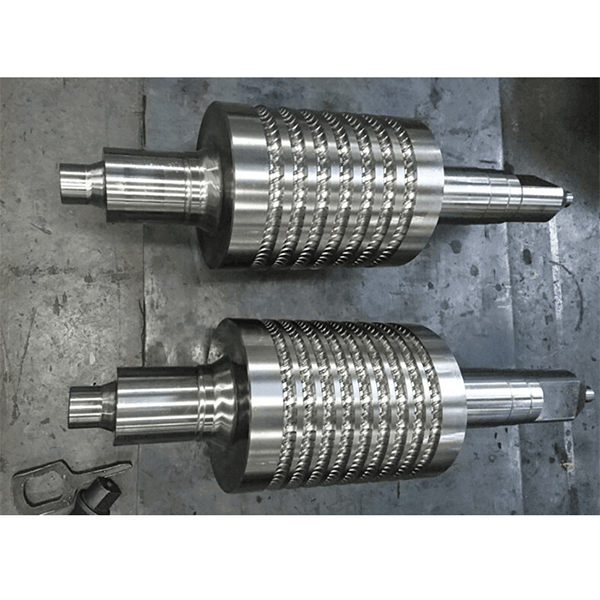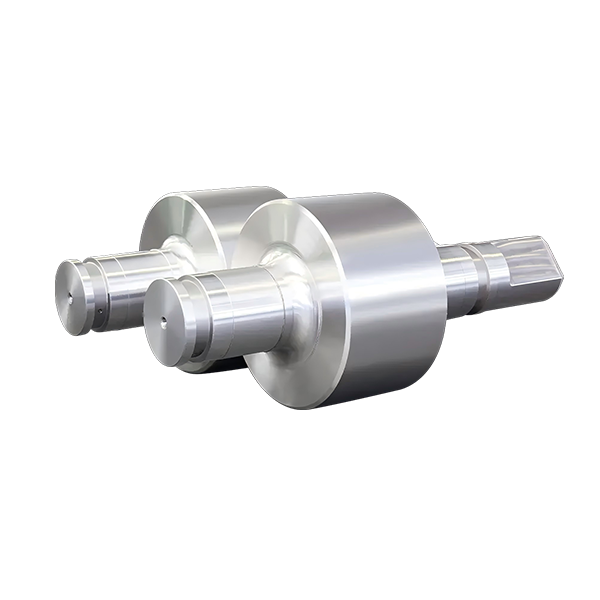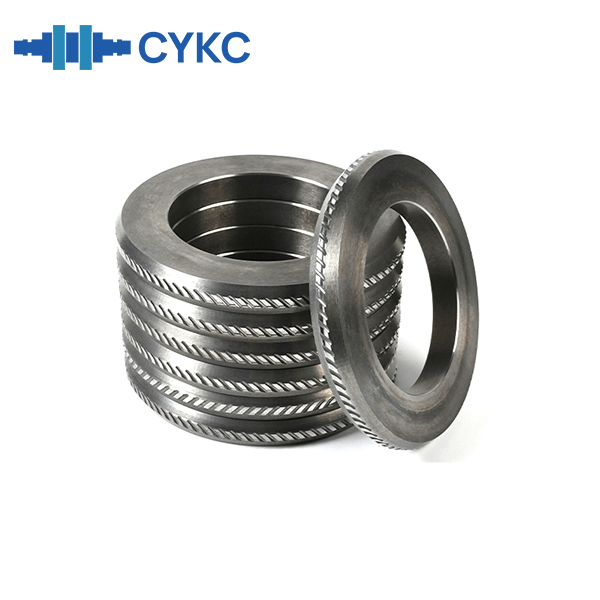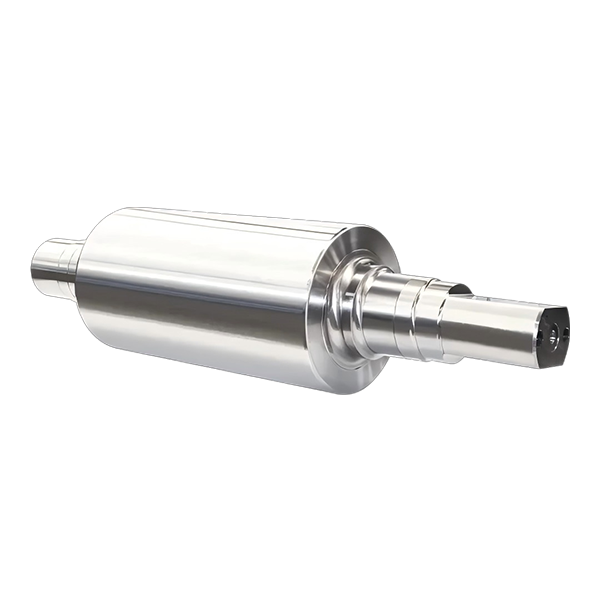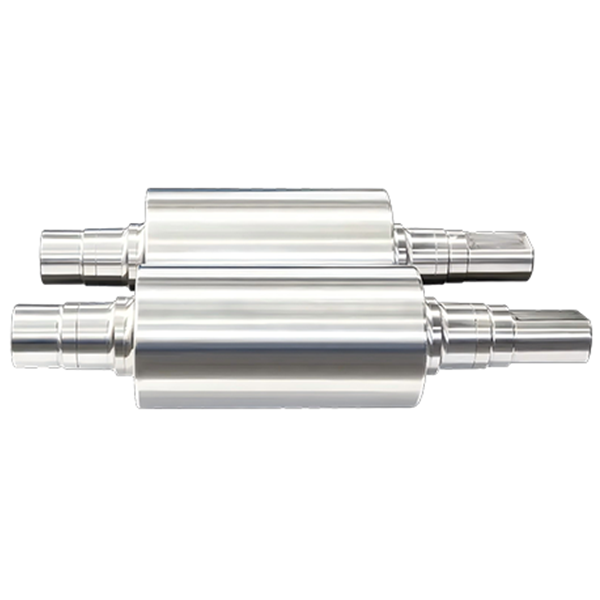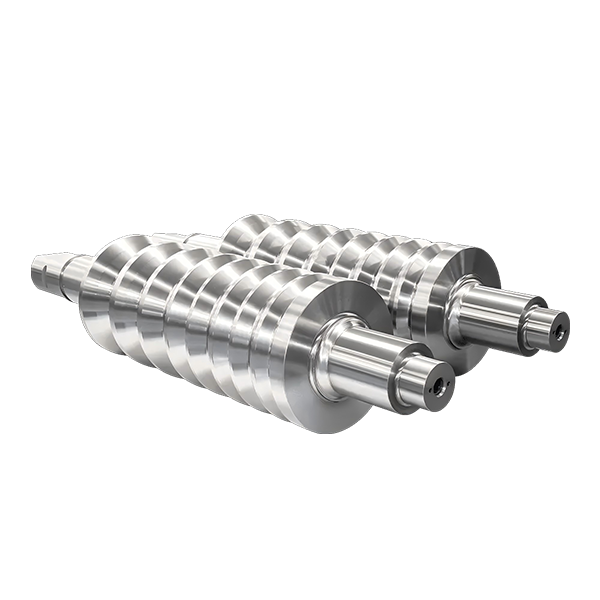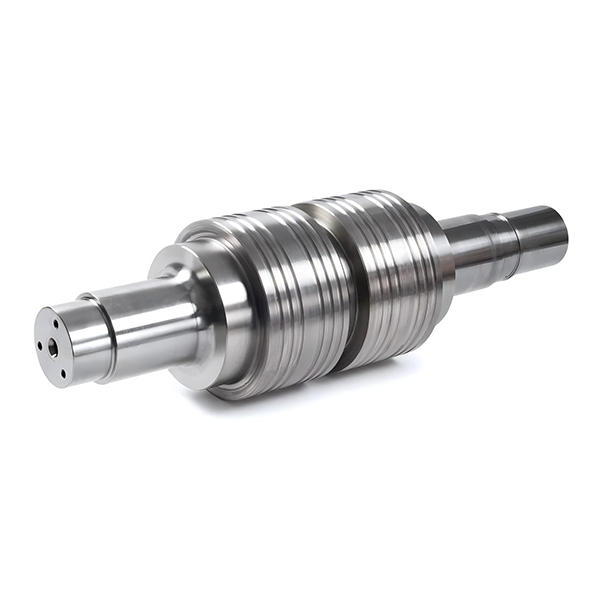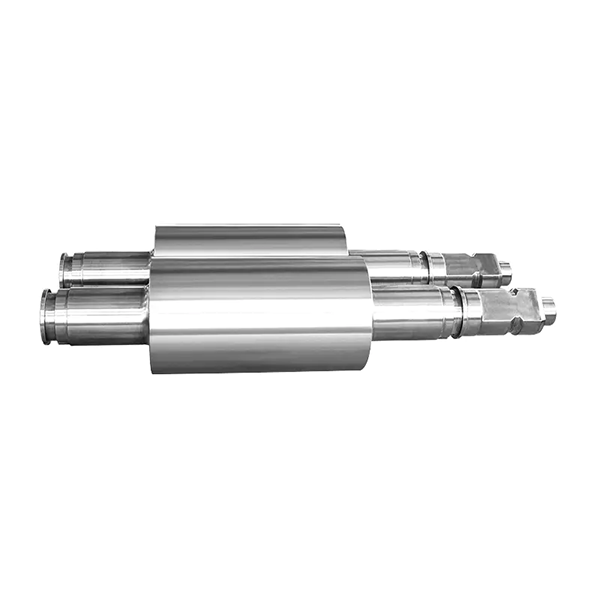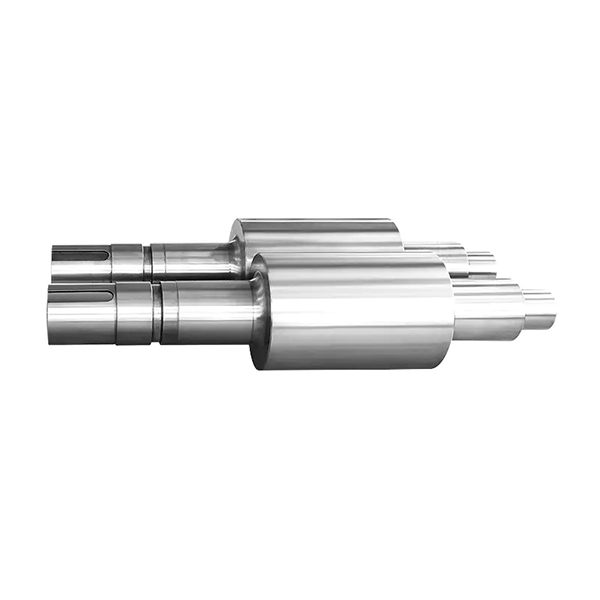Cemented carbide roll is a high-performance tool material composed of tungsten carbide and cobalt. It offers exceptional hardness, wear resistance, and durability, making it an ideal choice for high-speed rolling applications. To maximize the efficiency and lifespan of cemented carbide roll rings, proper selection, installation, and maintenance are crucial. This article outlines key considerations for purchasing and using cemented carbide roll rings effectively.
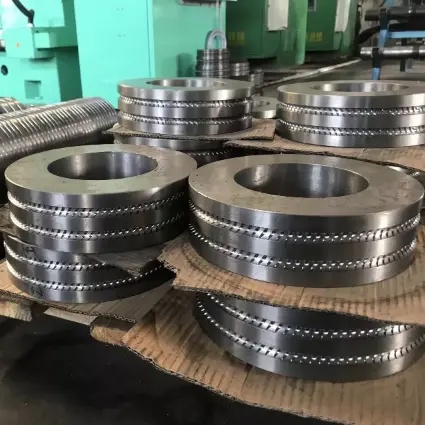
Proper Installation and Assembly of Cemented Carbide Roll Rings
To ensure optimal performance, the sleeve mounting and assembly of roll rings should strictly follow precision design requirements. Proper fitting between roll rings, roll mandrels, and conical sleeves is essential. A fitting that is too tight places the roll rings in a tensile state, increasing the risk of breakage under fluctuating rolling forces. Conversely, a loose fit may cause the roll rings, roll mandrel, and conical sleeve to slide, leading to surface scratches and cracks.
Before operation, ensure that the roll rings and assembling faces of the conical sleeve and roll mandrel are thoroughly cleaned. Additionally, during transportation and installation, cemented carbide roll rings and carbide rolls must be handled with care to avoid impact damage. Hammering or striking roll rings with hard materials is strictly prohibited.
Effective Cooling Methods for Cemented Carbide Roll Rings
Proper cooling is essential for reducing thermal stress and fatigue on cemented carbide roll rings and carbide rolls. It prevents cracks, slows crack diffusion, and prolongs the service life of the grooves. The following cooling parameters are recommended:
Water temperature: Below 25°C.
Water pressure: 4-6 bar.
Water volume: 24-30 m³/hr per stand.
Water jet direction: Radial, with an angle of 15-30 degrees relative to the roll rotation.
Water column width: Twice the groove width.
Water distribution: Direct jet into grooves, avoiding misty or scattered water flow.
Monitoring Microcracks and Rolling Tonnage
During rolling, microcracks inevitably develop in the grooves of cemented carbide roll rings and carbide rolls. To prevent roll failure, these microcracks must be monitored and reground when they reach a depth of 0.2mm. If left unchecked, microcracks will expand rapidly, increasing the risk of roll ring breakage.
The recommended rolled tonnage for different rolling mill stands is as follows:
Pre-finishing mill stands: 3,500-4,000 tons.
Finishing mill stands 1-2: 3,000-4,000 tons.
Finishing mill stands 3-4: 3,000-4,000 tons.
Finishing mill stands 5-6: 2,000-3,000 tons.
Finishing mill stands 7-8: 2,000-3,000 tons.
Finishing mill stands 9-10: 1,000-1,800 tons.
Reducing and sizing mill stands: 600-1,200 tons.
Regrinding Guidelines for Cemented Carbide Roll Rings
To maintain the performance and longevity of cemented carbide roll rings and carbide rolls, regrinding is required once microcracks reach the critical depth. The recommended regrinding amounts are:
Stands 9-10 of finishing mill: 0.4-0.6mm
Stands 1-8 of finishing mill: 0.7-1.2mm
Pre-finishing mill stands: 1.2-2.0mm
By adhering to these regrinding recommendations, excessive wear and roll ring failures can be prevented, ensuring continuous and efficient rolling operations.
Conclusion
The exceptional wear resistance, long lifespan, and efficiency of cemented carbide roll rings and carbide rolls make them a valuable asset in high-speed rolling applications. However, to fully harness their benefits, proper installation, cooling, microcrack monitoring, and regrinding practices must be followed. By implementing these best practices, steel mills can maximize the durability and performance of their cemented carbide roll investments, reducing downtime and maintenance costs.
For more information, contact us at Email: cykc@cykcgroup.com.cn.


